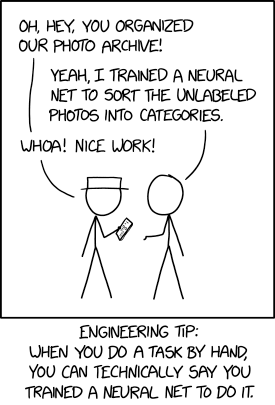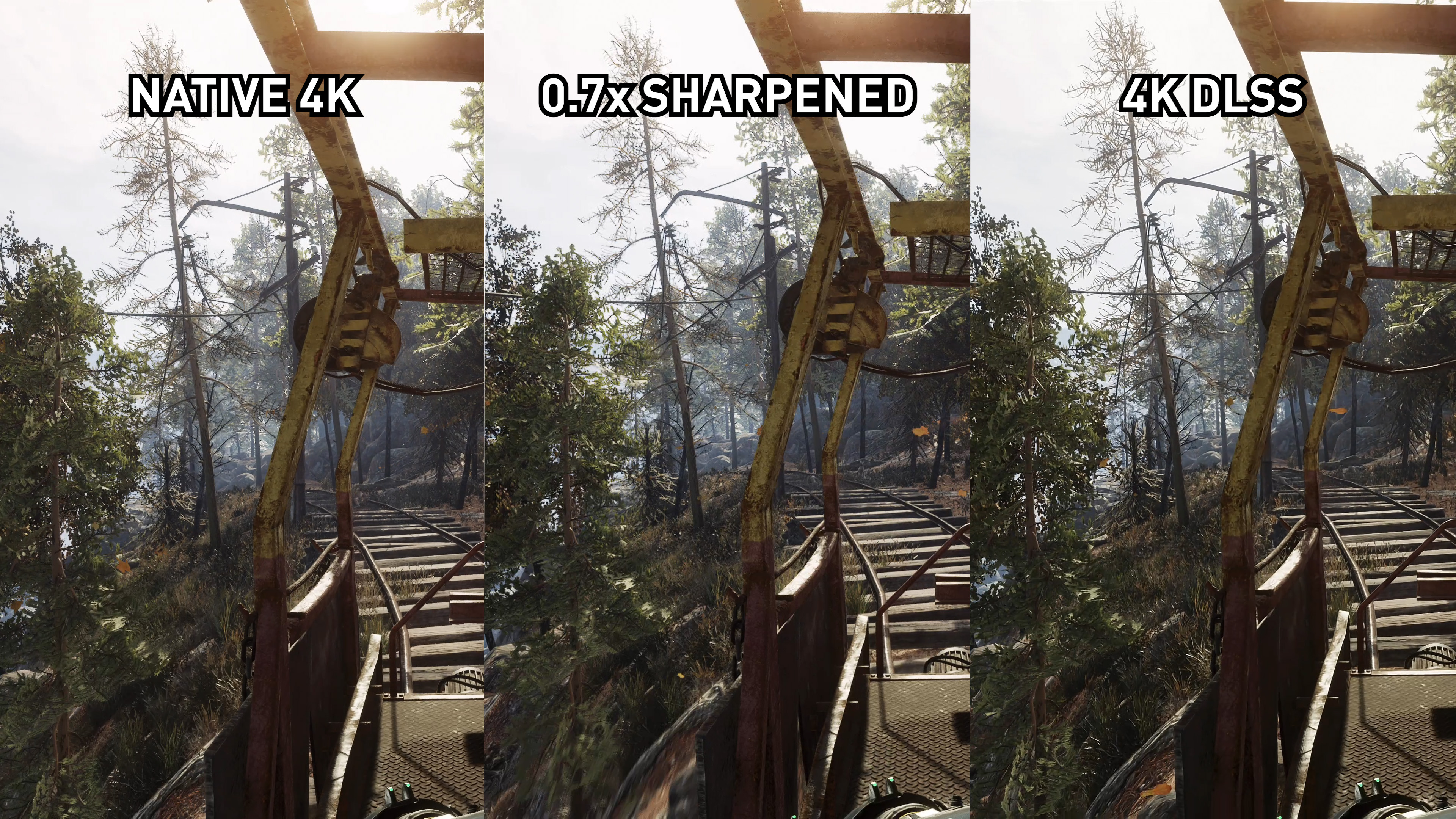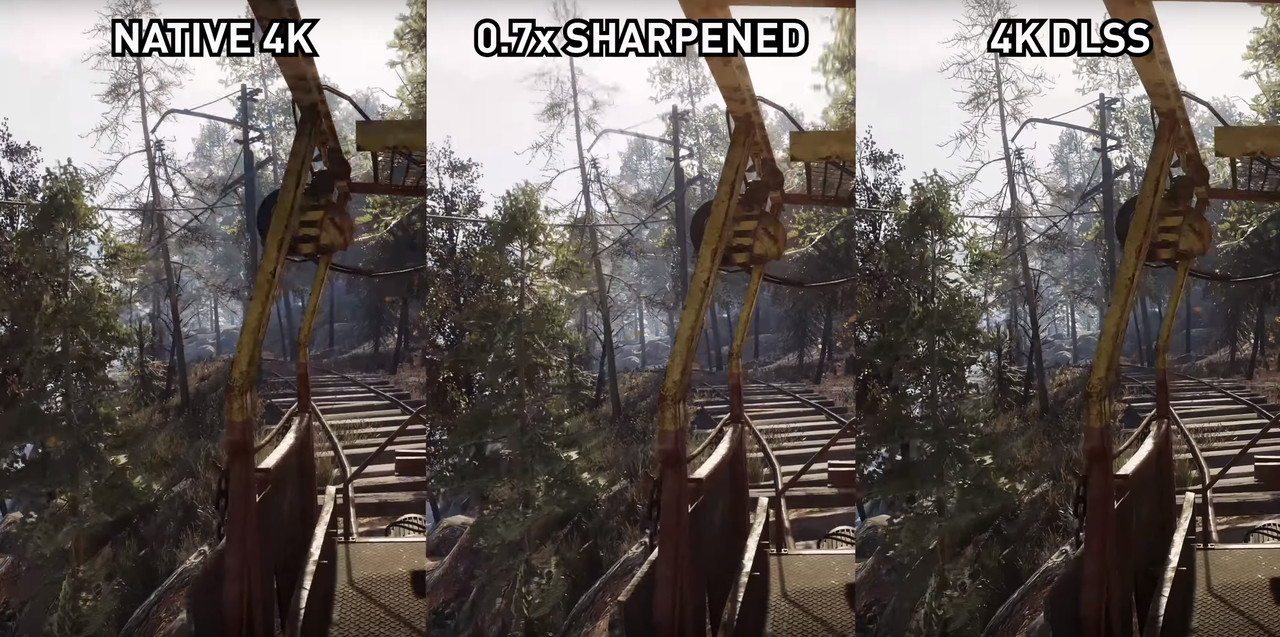When playing Anthem, we quickly found that DLSS acted differently at different resolutions, a result that we didn't expect. At 1440p, we found that images appeared as if they were artificially sharpened, whereas 4K images were cleaner and less grainy as a whole. We already knew that DLSS was restricted to specific resolutions on specific graphics hardware, but now it looks like DLSS has some underlying settings that are impacting image quality.
If you look at pages two and three of this analysis, you will see a stark difference in the quality of DLSS at 1440p and 4K. Yes, 4K images are higher resolution, but what we are getting at here is that when DLSS is enabled that games will react differently depending on its resolution. In Anthem, it looks like a form of post-process image sharpening is happening at 1440p, resulting in some oddities in our screenshots.
...
At both 1440p and 4K, using DLSS resulted on a reduction in overall image quality, but at 4K the feature also gave us a whopping 35%+ boost in performance, both on the RTX 2080 Ti and the RTX 2060. At 4K, this performance boost is well worth the loss in quality, but at 1440p the graphical differences will make the decision to enable DLSS a lot more difficult.
Even on our 43-inch 4K gaming screen, we found it extremely difficult to spot the differences between our 4K Native and 4K DLSS screenshots, though careful inspection of these images does reveal that DLSS looks worse that native 4K renderings. That said, the performance increase offered by DLSS is well worth the slight increase in blur.



